Here's some information on what Vertigo is and how it's treated.
6 March 2013
| Last updated on 29 May 2017
Vertigo is the hallucination of the movement; it is not a disease but cardinal symptom of disease of the vestibular (balance) symptom, which is located in the inner ear including its connection with the brain.
The sense of balance is very basic and phylogenetically predates sight and hearing when any basic system goes wrong. The patient is left disabled, some sufferers feel like the end of the world has arrived. One can understand the distress of these patients. It also, in combination with the very basic nature of the sense of balance explains the many symptoms such as muzzy head, loss of memory and anxiety that are associated with balance disorder these are secondary effects from Vertigo and often remain after the vertigo has gone.
The balance system is surrounded by nerve fibres which convey information to the brain stem (the middle part of the brain), 70% of balance is due to visual input, and 15% from the sensors of the skin muscle and joint; in particular neck and ankle, and 15% from the vestibular (balance) system in the ears. The brain stem computerizes these three inputs and with the help of the cerebellums (the part of the brain which is below the brain stem) maintains the balance and co-ordination of the head and body.
There are two groups of causes of vertigo
Non vestibular disorder (outside the inner ear) such as metabolic musculoskeletal, cardiovascular or eye disease, these may cause dizziness or a sense of light- headedness, though not usually vertigo.
Vestibular disorders either disorders of the inner ear itself (peripheral) or its connection pathway to the brain (central).
Central disease includes cerebro- vascular disorders, migraine, multiple sclerosis, brain tumor and very rarely, insufficiency of a major blood supply to the back of the brain (vertebra basilar artery) but usually there are other symptoms and signs of these insufficiency appear much earlier than vertigo. Other causes of vertigo include (neck problems, drugs like antibiotics and diuretics, anxiety, depression and stress, head and neck injury, disease of thyroid gland, diabetes, and excessive use of computer).
Inner ear causes of vertigo
Benign positional vertigo this is the most common type of vertigo which can occur at any age, women mainly are affected more than men. Commonly vertigo occurs after a head injury or ear infection and patient describes it as a feeling of spinning round with a particular head movement which usually last for few seconds or minutes with no other ear symptoms.
Meniere's syndrome which compromises fluctuating hearing loss, aggressive attack to vertigo which may be associated with nausia, vomiting and sweating, and each attack lasting minutes up to 10-12 hrs.
Acute vestibular (balance system) fortune consists of marked vertigo for many hours or days often preceded by an upper respiratory tract infection.
It is often difficult for patients to describe their sensations and in taking a full and accurate history, the symptoms of vertigo must be differentiated from other types of dizziness such as fainting, light headedness, claustrophobia, a some peripheral (musculoskeletal) disequilibrium a full description of the sensation should be obtained with reference to precipitating factors like neck movement and associated symptoms (e.g. deafness, tinnitus) frequency and duration of the attack, previous history of trauma should be noted. Previous medical history, medication, alcohol ingestion should be considered in the content of possible causes or aggravation of the symptoms. Ear examination is mandatory in all cases of vertigo, certain tests the doctor may need to do to establish the location of the disorders that is called balance test, which include hearing test as well as blood test and MRI scan of the head.
Treatment
Vestibular rehabilitations in form of special exercises are now considered to be the main stay of treatment in many balance disorders. The first step is to council the patients regarding their symptoms and to provide reassurance and explain the importance of persisting with treatment followed by a series of habituating exercises performed regularly to enable tolerance mechanism to occur in the brain with adequate counseling as many as 80% of patients with vestibular disorders will benefit from vestibular rehabilitation to encourage vestibular compensation encourage habituation and succeed in 95% of cases when used with determination. Specific maneuvers are used for BPPV which is usually done by doctor works as a single treatment in up to 80% of patients.
In addition to vestibular rehabilitation patients may benefit from spectacles to improve their visual activity and walking stick to aid peripheral balance function and to give them more confidence.
Neck manages to relax the muscle or even acupuncture is proofed to be very useful in a significant number of the patients. Sometimes patients need to wear soft neck collar to avoid quick head movement especially during the day. Patients should not climb a ladder to avoid falling down and injure themselves.
As a medical treatment
- Life style changes ( e.g. less alcohol or smoking) and encourage exercise
- Drugs which are vestibular sedatives (e.g. cinnarizine, Serc ‘s and antidepressants
- Surgery may be sometimes needed for treatment of Meniere's disease or benign positional dizziness
Consultant ENT


























.png?itok=HBSyMDok)

































































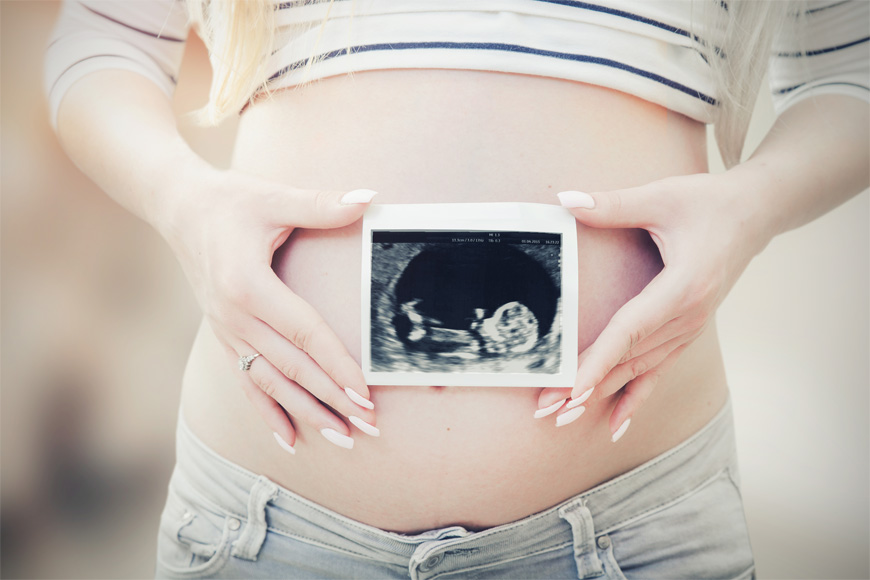






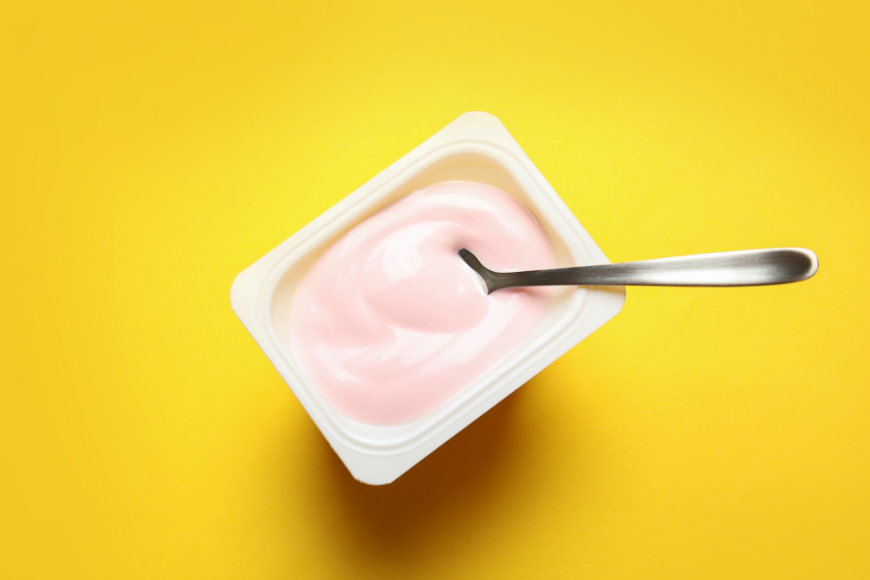
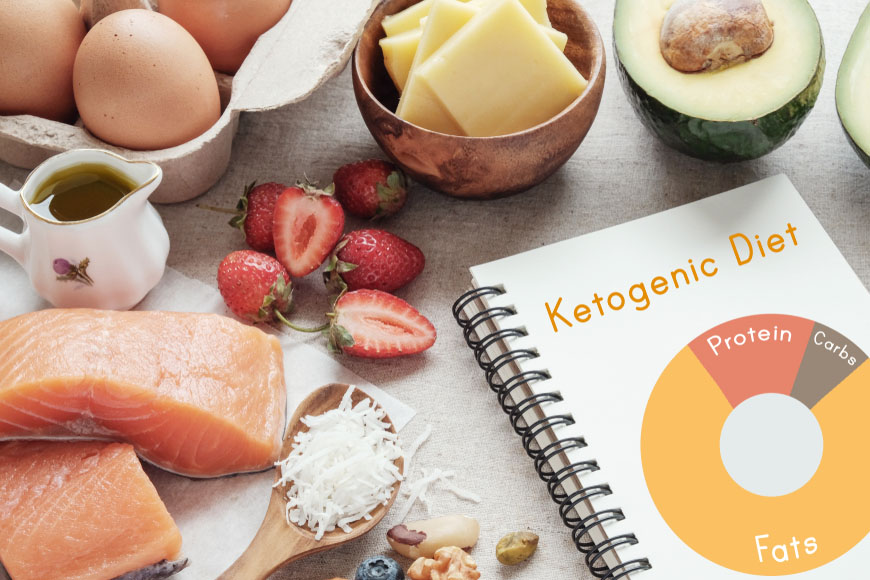

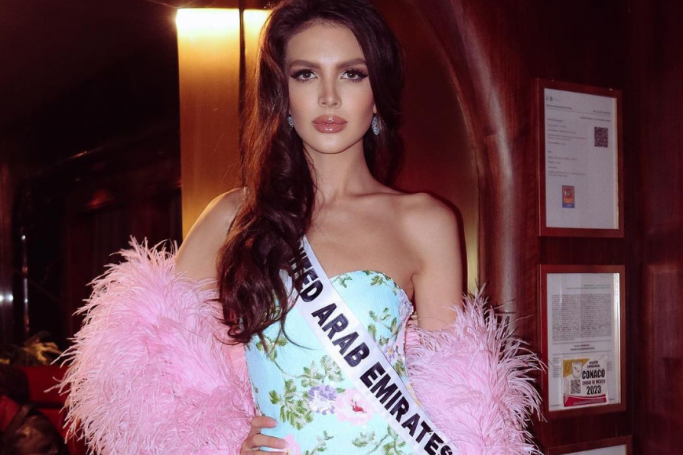


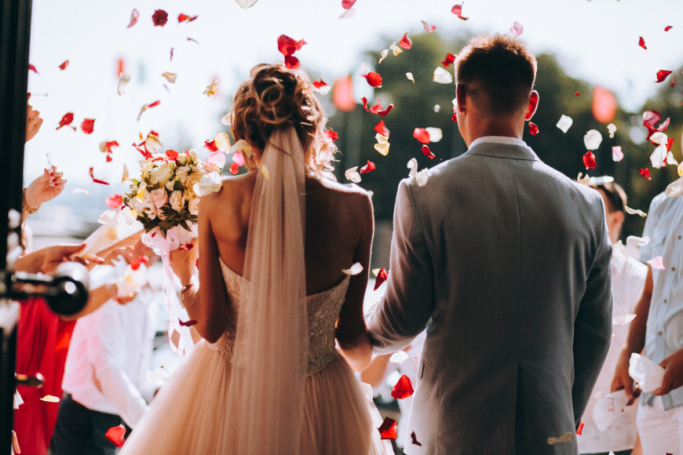







.png?itok=0fOAXkOm)















.png?itok=EH_x0Pha)













